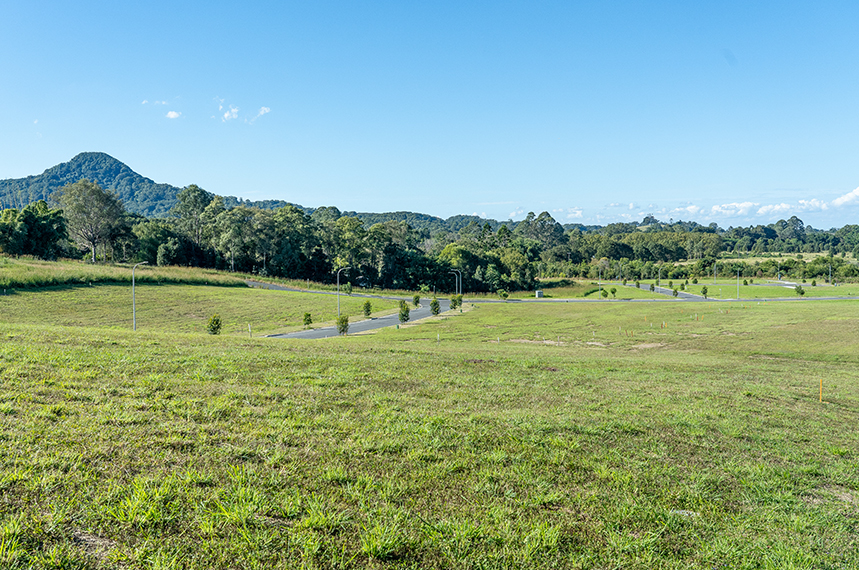Resolving Boundary Disputes
Boundary disputes between neighbouring and adjoining properties can occur for many reasons. So how do you know where your boundary lies? If you're not sure or concerned, what do you do to find out? Who can help you and what laws protect you?
Understanding Your Boundary
The first step in resolving a boundary issue is to understand exactly where your property lines are. Property boundaries are defined in your deed and shown on a survey plan, they would have been marked on the ground at the time of original survey, However, over time, physical markers can disappear, and the exact lines can become unclear. To determine your boundary accurately:
• Review Property Documents: Check your deed and any previous surveys. These documents will provide a legal description of your property boundaries. If you don't have these, they can typically be obtained from your local land records office.
• Hire a Professional Surveyor: If the documents are unclear or if there is any doubt, hiring a registered or licensed cadastral surveyor is essential. A surveyor will conduct a thorough analysis, including fieldwork and reviewing historical records, to establish the precise boundaries of your property.
Steps to Resolve Boundary Disputes
Once you have a clear understanding of your property lines, you can take steps to resolve any disputes with your neighbours:
• Open Communication: Start by discussing the issue with your neighbour. Often, boundary disputes arise from misunderstandings. Present any evidence you have, such as your deed or survey, and try to reach a mutually agreeable solution.
• Mediation: If direct communication does not resolve the issue, consider mediation. A neutral third party can help facilitate a discussion and guide you and your neighbour to a resolution. Mediation is typically less costly and less adversarial than going to court.
• Legal Action: If mediation fails, legal action may be necessary. Consult a property lawyer who specialises in boundary disputes. They can provide legal advice and represent you in court if needed. The court can issue a judgment that clarifies the boundary and resolves the dispute.
Legal Protections and Resources
Several laws and resources can help protect your property rights and assist in resolving boundary disputes:
• Property Law: Each state or country has specific laws governing property boundaries and disputes. Familiarise yourself with these laws or consult a solicitor who can guide you based on local regulations.
• Local Government Resources: Your local land title office or council can provide valuable
information and assistance. They may have maps, surveys, and other records that can help clarify property boundaries.
Prevention Tips
To avoid boundary disputes in the future, consider the following tips:
• Clear Markings: Keep boundary markers visible and well-maintained.
• Neighbourly Communication: Maintain good communication with your neighbours about property lines and any planned changes that might affect the boundaries.
Resolving boundary issues requires a combination of clear information, open communication, and, when necessary, legal intervention. By understanding your property lines and taking proactive steps, you can effectively manage and resolve disputes with your neighbours, ensuring a peaceful and legally sound resolution.
